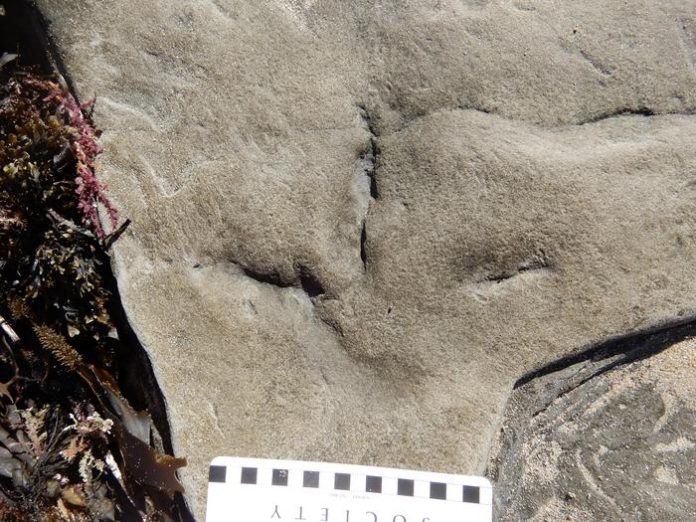The discovery of 27 avian footprints on the southern coast of Australia, dating back to the Early Cretaceous when Australia was connected to Antarctica, sheds light on early avian evolution and potential migratory behavior. Published in PLOS ONE, the study identifies some of the oldest positively identified bird tracks in the Southern Hemisphere, dating between 120 million and 128 million years ago. The finding challenges the prevalent notion that early bird tracks and fossils are primarily from the Northern Hemisphere.
Anthony Martin, the study’s first author and a professor in Emory University’s Department of Environmental Sciences, emphasizes the significance of the discovery, highlighting the diversity of birds near the South Pole around 125 million years ago. The 27 bird tracks, found in the Wonthaggi Formation south of Melbourne, are among the largest known from the Early Cretaceous, ranging from seven to 14 centimeters wide, similar to modern-day shorebirds’ tracks.
The tracks, occurring on multiple stratigraphic levels, indicate a recurrent presence of various birds and suggest seasonal formation during polar summers, possibly on a migratory route. The polar environment at that time featured a rift valley with braided rivers, experiencing deep freezing temperatures and months of darkness during winters.
The scarcity of bird fossils in the Wonthaggi Formation, known for polar dinosaur bones, is attributed to the delicate nature of bird bones and their limited foot impressions. The study highlights the challenges of preserving bird fossils, given their thin bones and minimal foot impressions.
The discovery was facilitated by Melissa Lowery, a local volunteer fossil hunter, whose keen eye spotted the tracks in 2020. Due to international travel restrictions during the COVID-19 pandemic, the lead author had to wait until 2022 to analyze the tracks. The study’s co-authors conducted field analyses, and resin casts of the tracks were created to preserve and study the impressions.
The study’s findings provide valuable insights into the ancient avian presence near the South Pole, contributing to our understanding of early avian evolution and migration patterns during the Early Cretaceous. The delicate nature of these fossils underscores the urgency of documenting and studying them before they are eroded by coastal tides and waves.















